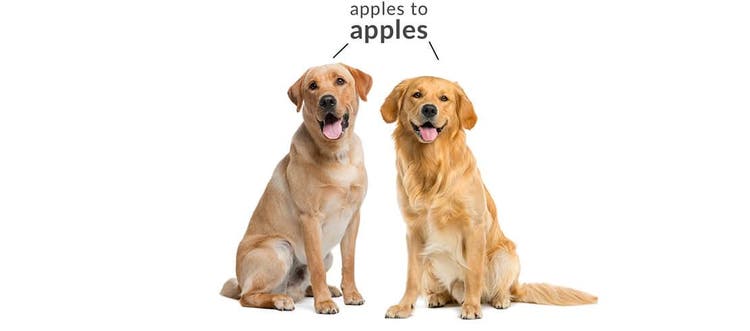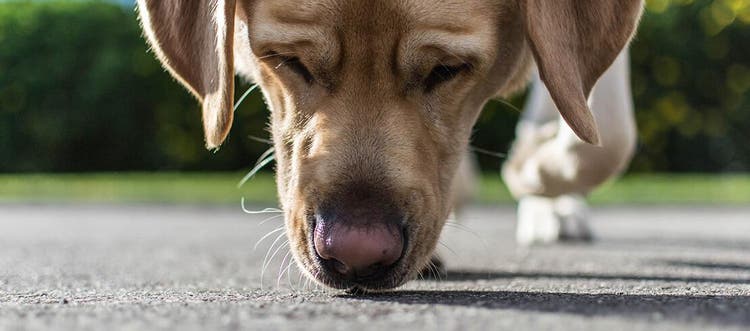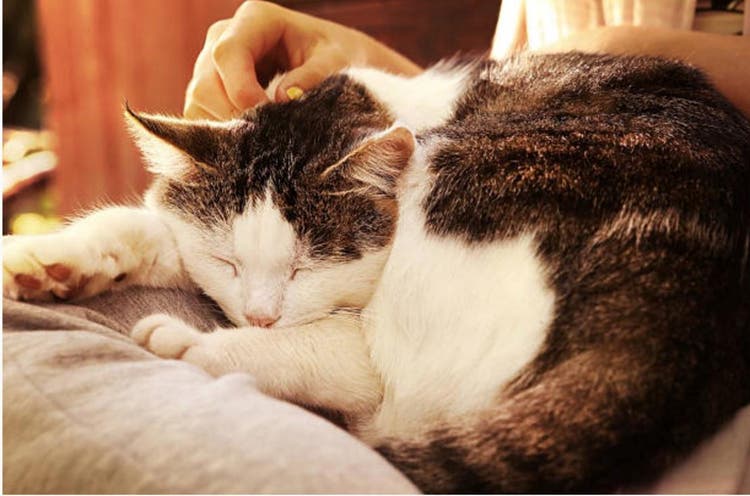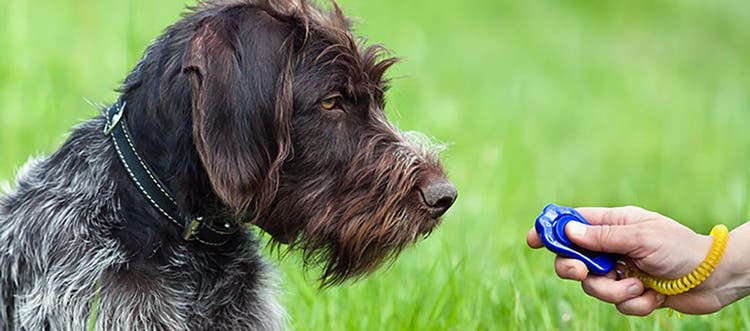Learn the signs of a dog in heat.
One aspect of dog ownership that new and experienced owners alike may overlook is oestrus, also known as heat. All female dogs that aren't spayed go into heat. Recognising the signs that your dog is about to go into heat, as well as signs your dog has actually entered the phase, will help you get through heat with as few surprises as possible.
What does it mean if my dog is in heat?
When female dogs go into heat, they're entering oestrus, the stage in their reproductive cycle when they can become pregnant. Depending on the size of your dog, heat can begin when they're anywhere from 6 to 24 months old. In general, the smaller the dog, the sooner they go into heat.
A dog's first heat cycle normally lasts between 3 and 4 weeks. After a dog has entered heat for the first time, it then occurs every 4 to 8 months, or about twice a year. Some dogs enter heat in a consistent time frame, while others' cycles may vary; neither is usually a sign of larger health concerns. If your dog starts to show signs of entering heat a month or two after just going through heat, however, it could be a sign of a health issue that should be examined by your veterinarian.
Four signs your dog is going into heat
The most common symptoms before heat include:
- Swollen vulva: Located just below the anus, your dog's vulva will turn redder in colour and increase in size - often two to three times its normal size.
- Behaviour quirks: A dog entering heat can become more skittish or aggressive around others, including people and animals but especially other dogs.
- Increased licking of the vaginal area: While almost all dogs occasionally lick themselves in this area, you may see it much more frequently before they go into heat.
- Vaginal bleeding: If you notice bloodstains around where your dog rests, it's likely your dog is in proestrus and the heat phase is about to begin. Dogs may bleed for up to 10 days during this phase.
Four signs your dog is in heat
Once your dog is in heat, you may notice physical and behavioural changes, and changes in how other dogs behave around her. Here are the most common signs your dog is in heat:
- Decrease in vaginal bleeding: The amount of blood typically decreases when your dog is in peak heat. Once this occurs, your dog is in the most fertile stage of oestrus for about a week to ten days, until the bleeding starts again (although the bleeding doesn't always recur).
- Mating behaviour: When your dog is around other dogs (both male and female), her behaviour will be noticeably different. This may include mounting other dogs or letting herself be mounted. If no other dogs are around, your dog might try to mount your legs.
- Switched tail position: If you have male dogs in your household or come across one on a walk, they'll react differently to your dog in heat. This could include aggression toward other male dogs or increased barking and whining. They may also show much greater interest in your dog's genital area.
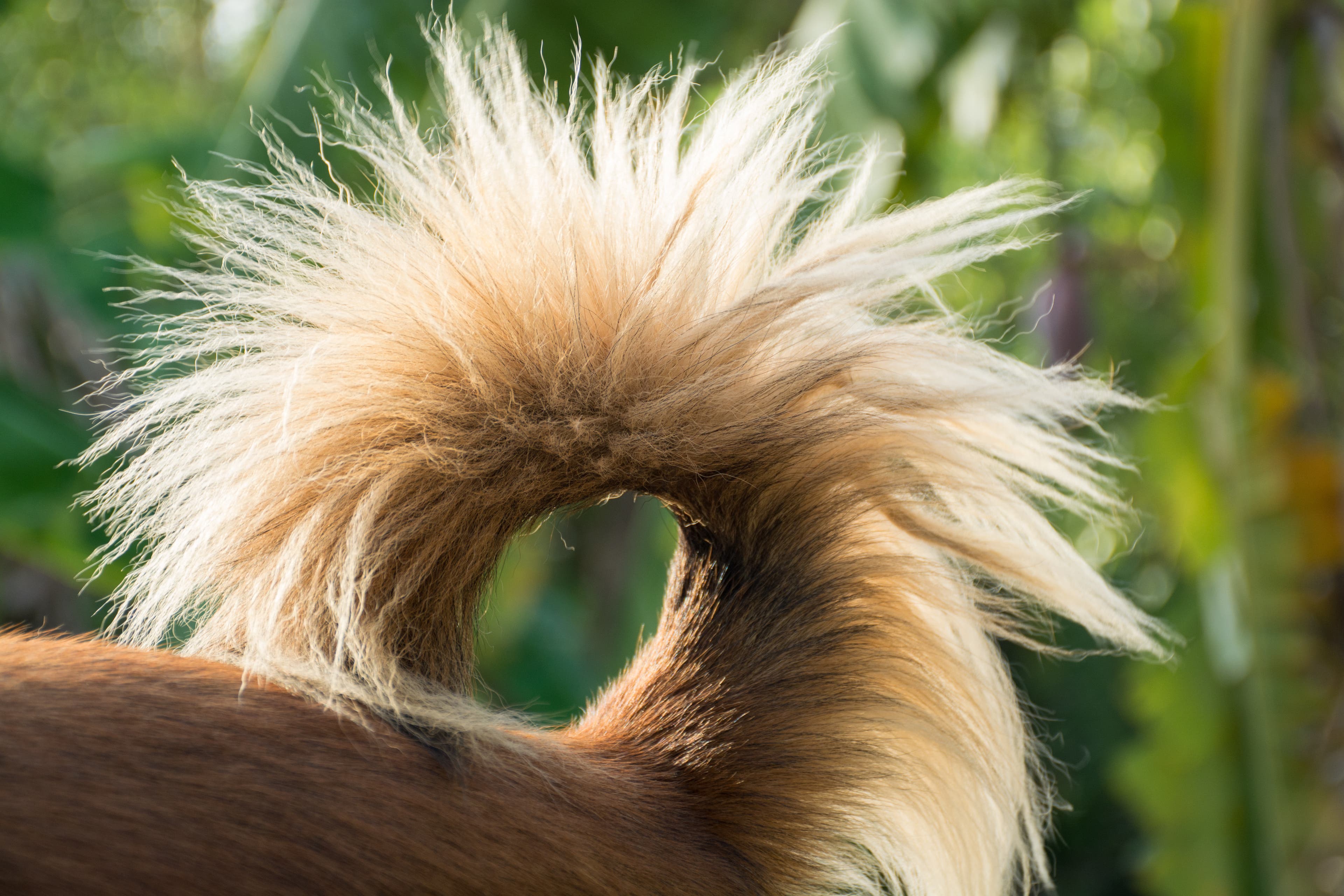
Keep in mind the signs of going into heat and being in heat vary from dog to dog; your dog may not show all (or any) of the above symptoms. If your dog doesn't show any signs of heat but did show signs of entering heat, she is still likely in heat.
How to care for your dog in heat
If you don't want your dog to have puppies, there are some steps you should take to minimise the chances.
Avoid off-leash walks or taking trips to the dog park
A dog in heat may cause aggression among male dogs and could result in fighting (even if the dogs are neutered). It's best to avoid this altogether by skipping any off-leash activities until your dog no longer shows signs of being in heat. Your dog will also be much more attractive to male dogs during this period, so it is important she is kept separate from any unknown dogs.
Get doggy diapers
Even if your yard is fenced in, the scent of a dog in heat can cause male dogs to go the extra mile to try and mate with her. Dogs may even find a way into a fenced yard, so keeping your pet indoors is the best precaution.
Give your dog extra attention
If your dog isn't able to do her normal outside activities, she will likely get frustrated. Be sure to give her extra petting and grooming and maybe even a new toy to help keep your occupied. This may also be a great time to teach your dog some new tricks.
Consider getting your dog spayed
Spaying your dog can reduce her chances of mammary cancer and a uterus infection called pyometra. In addition to eliminating the possibility of accidental pregnancy, getting your dog desexed may be the easiest way to reduce your stress level and help her lead a healthier, longer life.


